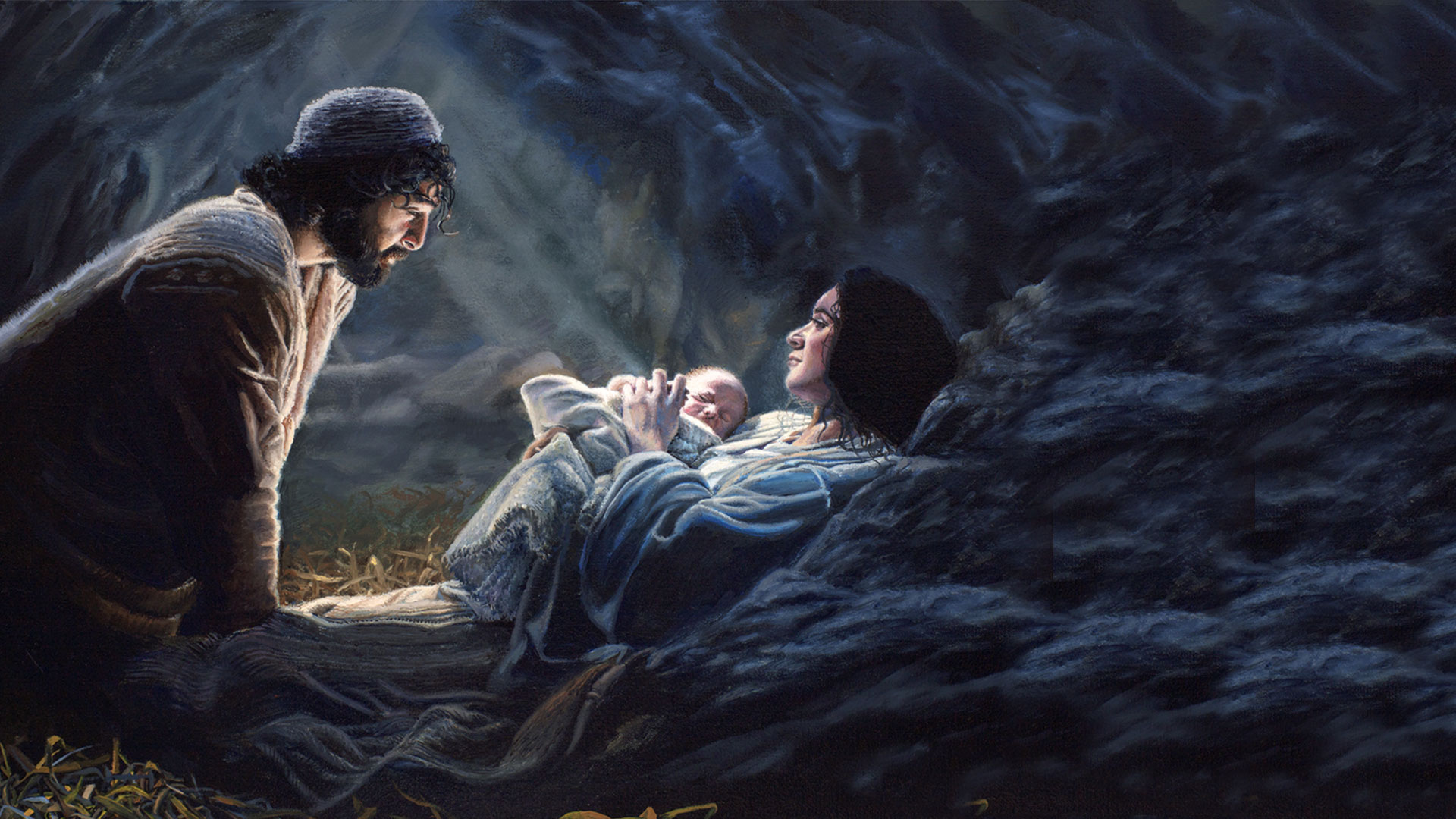What do B.C. and A.D. have to do with Jesus?
The most popular calendar in use throughout the world today is known as the Gregorian or Western calendar established in 1582. It is based on the assumption that Jesus Christ was born on the year 1. (There is no year “zero” in the calendar, so it goes from 1 BC to 1 AD at the beginning of its reckoning.) Those years before the birth of Jesus are designated as BC and those years following his birth are designated AD.
Dionysius first proposed the use of BC and AD around 525. It took many centuries before all Christian Western countries finally adopted the system, but it was finally incorporated in the Gregorian or Western calendar. In English, BC refers to “Before Christ.” However, AD does not refer to “After Death,” as many assume. Rather, AD represents the Latin words, Anno Domini which mean “year of the Lord” or more properly “Anno Domini Nostri Jesu Christi” (the year of our Lord Jesus Christ), referring to the birth of Jesus Christ.
According to this way of identifying a date, the year 435 BC represent the year 435 before the birth of Jesus Christ. A date of AD 1776 represents “in the year of our Lord Jesus Christ 1776.” Increasingly, among secular western societies including those in the United States, Canada, Australia, New Zealand and the United Kingdom, the AD is often left out and only a date is noted, such as 2008, instead of AD 2008.
Today, the Western calendar is almost universally used in business, political, and secular settings even though other cultures and individuals do not accept Jesus Christ as Lord. For their own religious and cultural life they often use other calendars systems. For example, the Jewish calendar begins with the presumed year before creation 3761 BC); the Muslim calendar begins with the presumed year of Muhammad’s departure from Mecca for Medina (AD 622). The Chinese calendar is used by many Asians to determine such holidays as the New Year.
Nevertheless, since the Western calendar is used as the day-to-day working calendar in most of the world, helping coordinate transportation departures and arrivals, business meetings and other such secular activates, there has been a movement to adopt a neutral system that replaces BC with BCE (Before the Common Era) and AD with CE (Common Era) making the use of the calendar religiously impartial. Thus, AD 2008 is 2008 CE or 689 BC becomes 689 BCE.
Ironically, scholars argue that Dionysius was wrong in his calculations regarding the year of Jesus’ birth. According to reliable historical sources, Jesus Christ was born sometime between 4 and 6 BC. In this sense, the use of BC and AD has no religious significance as a way of marking the beginning of a new epoch with the birth of God’s unique Son, since it is based on a mistaken calculation of that event in the sixth century AD.




